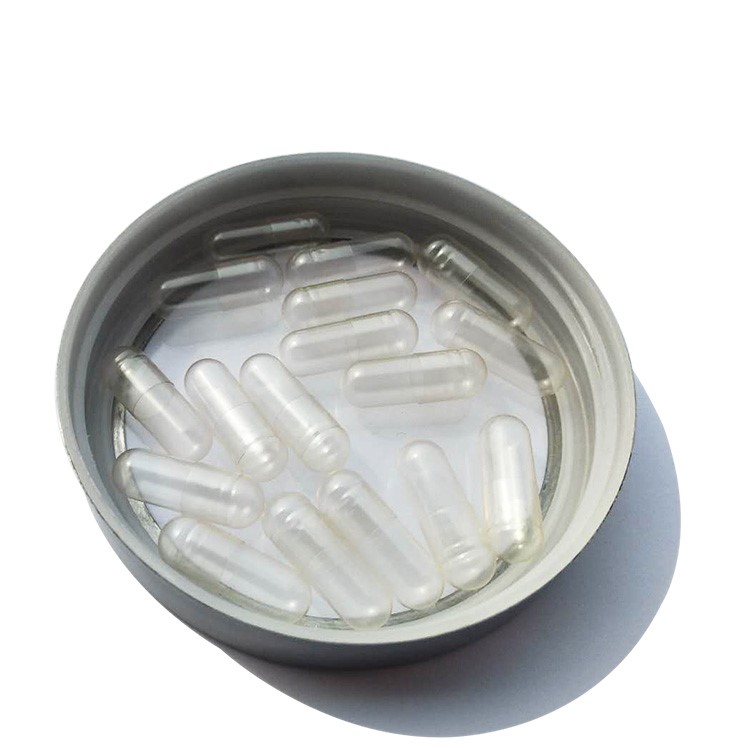In 1500 BC, the first capsule was born in Egypt.
In 1730, pharmacists in Vienna began to make capsules from starch.
In 1834, capsule manufacturing technology was patented in Paris.
In 1846, the two-section hard capsule manufacturing technology was acquired in France Patents.
In 1848, two-piece capsules came out. From then on, Empty hard capsule shells entered the medical world and became medicinal packaging containers.
In 1874, the industrial manufacturing of hard capsules (Hubel) was started in Detroit, and various models were introduced at the same time.
In 1888, Parke-Davis obtained a patent for manufacturing hard capsules in Detroit (J.B. Russell)
In 1931, Parke-Davis’ capsule manufacturing speed reached 10,000 capsules per hour (A. Colton)
As an ideal medicinal packaging material, Empty hard capsule shells are widely used in pharmaceutical preparations. They are mainly distributed in powder, liquid, semi-solid, ointment, tablets and other preparations. They can be quickly, reliably and safely decomposed. They have the following advantages:
1) Beautiful luster and easy to swallow.
2) Masking effect: It can mask the uncomfortable bitterness and odor of the drug, and protect and stabilize the unstable contents.
3) High bioavailability of the drug: Capsules do not require adhesive and pressure during preparation like tablets and pills, so they disperse quickly and absorb well in the stomach and intestines.
4) Better protection of herbal products: Without the high temperature and high pressure brought by the tablet press, the natural state of the plant medicinal materials in the capsule can be maintained.
5) It can be made into sustained-release preparations and compound preparations:
The drug can be released in time and location (enteric-coated, pulsed and other drug release systems). If the drug is first made into particles, and then gelatin raw materials and materials with different release rates are used, the effect of timing and positioning release can be achieved. Therefore, capsules are ideal dosage forms for the development of sustained-release preparations and compound preparations.
6) The prescription and preparation process are simple, convenient for industrialization and automation Production.
Post time: Aug-24-2021







